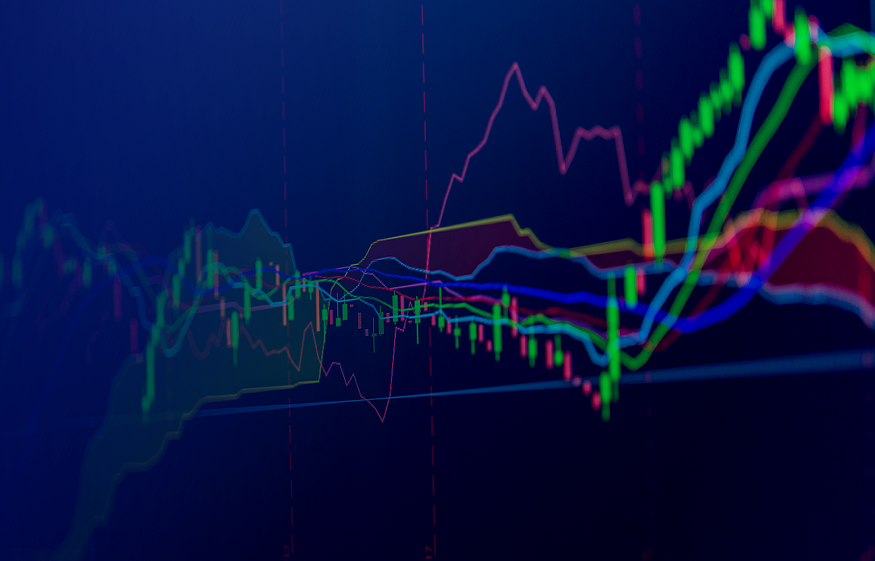You should know what options trading is all about. However, before we check about it, we need to know about backtesting and pattern recognition. Here are some tips on how to analyze historical data in Nifty futures in stock market using backtesting and pattern recognition:
Backtesting: Backtesting is a process of testing a trading strategy on historical data to see how it would have performed. This can be a useful way to identify potential trading strategies and to see how they would have performed in different market conditions.
Pattern recognition: Pattern recognition is a process of identifying patterns in historical data that can be used to predict future price movements. This can be a useful way to identify potential trading opportunities and avoid potential trading risks. Check here what is SIP Calculator.
Here are some specific tools and techniques that can be used for backtesting and pattern recognition in Nifty futures:
Moving averages: Moving averages are a popular technical analysis tool that can be used to identify trends in Nifty futures. A moving average is a line that is calculated by averaging the closing prices of Nifty futures in the stock market over a specific period of time.
Bollinger bands: Bollinger bands are another popular technical analysis tool that can be used to identify trends in Nifty futures. Bollinger bands are a set of three lines that are plotted around the moving average. The upper band indicates overbought conditions, while the lower band indicates oversold conditions. Check here what is options trading.
Relative strength index (RSI): The RSI is a momentum indicator that can be used to identify trends in Nifty futures. The RSI is a number between 0 and 100. A reading above 70 indicates overbought conditions, while a reading below 30 indicates oversold conditions in the stock market.
Stochastic oscillator: The stochastic oscillator is another momentum indicator that can be used to identify trends in Nifty futures. The stochastic oscillator is a number between 0 and 100. A reading above 80 indicates overbought conditions, while a reading below 20 indicates oversold conditions.
Candlestick charts: Candlestick charts are a type of chart that can be used to visualize price action in Nifty futures. Candlestick charts can be used to identify trends, patterns, and support and resistance levels. Check here what is SIP Calculator.
By using these tools and techniques, traders can analyze historical data in Nifty futures and identify potential trading opportunities. However, it is important to remember that past performance is not indicative of future results. It is important to backtest any trading strategy on historical data before using it in live trading.
Here are some additional tips for analyzing historical data in Nifty futures in the stock market:
Use a variety of tools and techniques: No single tool or technique is always reliable. It is important to use a variety of tools and techniques to get a complete picture of the market.
Backtest your trading strategy: Backtesting is a great way to see how your trading strategy would have performed in different market conditions. This can help you identify any potential flaws in your strategy and make necessary adjustments. Check here what is the SIP Calculator.



